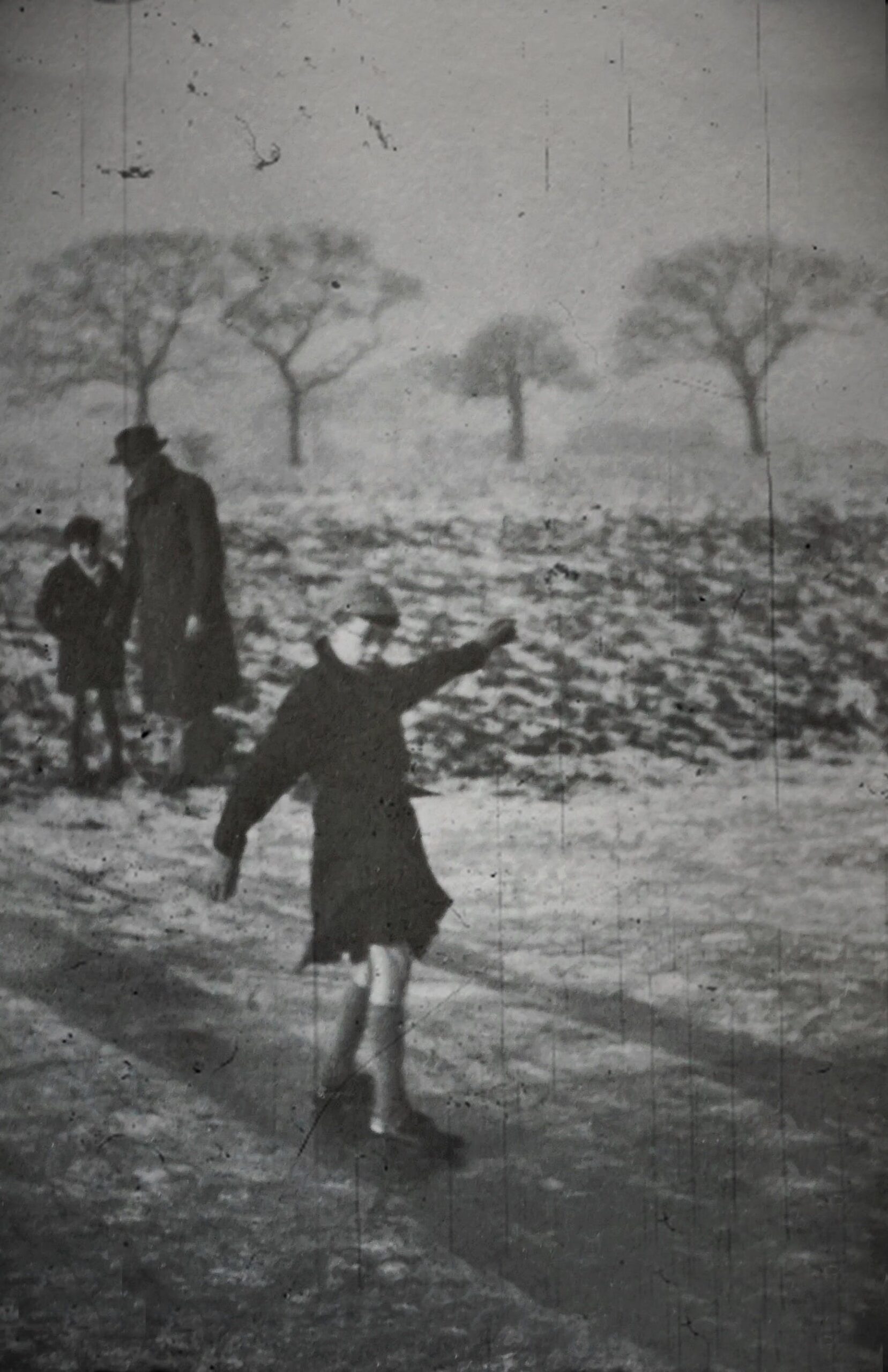Ice hockey, a fast-paced and exhilarating sport played on a frozen surface, has a rich and fascinating history that spans several centuries. Born from the icy landscapes of Northern Europe, the evolution of ice hockey is a tale of cultural exchange, adaptation, and the pursuit of thrill on skates. Let’s lace up our boots and glide through the frozen annals of this beloved sport.
Origins:
The origins of ice hockey are somewhat elusive, with multiple regions claiming to be the birthplace of the sport. One widely accepted theory is that the game’s roots can be traced back to the 17th century in the frozen ponds and rivers of Northern Europe. In particular, Scotland and the Netherlands are often credited with early forms of ice hockey, where locals played a rudimentary version of the game using a ball and makeshift sticks.
The spread of the sport:
As European settlers crossed the Atlantic and made their way to North America, they brought with them the seeds of ice hockey. The sport found fertile ground in Canada, where the cold climate and frozen lakes provided the perfect backdrop for its development. By the 19th century, variations of the game were played in Nova Scotia and Montreal, with the latter hosting the first recorded indoor hockey game in 1875.
Formation of the rules:
The modern rules of ice hockey began to take shape in the late 19th century. In 1879, J.G.A. Creighton, a student at McGill University in Montreal, published the first known set of ice hockey rules. These rules laid the groundwork for the standardized game we recognize today, with guidelines on the number of players, the size of the rink, and the use of a rubber puck.
Early leagues and international competitions:
The late 19th and early 20th centuries witnessed the formation of organized leagues and the establishment of international competitions. Leagues such as the National Hockey League (NHL) in North America began to emerge, fostering the growth of professional ice hockey. Meanwhile, international competitions, including the first ice hockey tournament at the Winter Olympics in 1920, brought the sport to a global audience.
The Miracle on Ice and modern era:
The latter half of the 20th century brought about significant milestones in ice hockey history. The “Miracle on Ice” at the 1980 Winter Olympics, where the United States defeated the heavily favored Soviet Union, captured the world’s imagination and elevated ice hockey’s popularity. The NHL expanded its reach, welcoming teams from non-traditional hockey markets, and legends like Wayne Gretzky became synonymous with the sport.
The 21st century has seen the globalization of ice hockey, with the NHL attracting talent from around the world and international competitions showcasing the sport’s diversity. Women’s ice hockey has also gained prominence, with the inclusion of women’s tournaments in the Winter Olympics and the establishment of professional women’s leagues.
From its humble beginnings on the frozen ponds of Europe to the dazzling arenas of the modern era, ice hockey has undergone a remarkable journey. The sport’s evolution reflects a blend of cultural influences, technological advancements, and a shared love for the thrill of gliding across the ice. As ice hockey continues to captivate audiences worldwide, its history serves as a testament to the enduring spirit of competition and camaraderie that defines this dynamic and enduring sport. Lace up those skates, and let the puck drop on the next chapter of ice hockey history.



